The best kept secret on the Kenai Peninsula is Hope. Probably the most historical town in South Central, Alaska, Hope stands on the sidelines of the race along the Seward Highway for favored camping and fishing spots during the spring and summer months. Located seventeen miles off the main road, if you don’t know where to find it, you’ll miss the turn-off.
Bright Beginnings
Hope has some pretty spectacular beginnings. When the lure of gold sent prospectors stampeding across the north, the glittering rivers and creeks surrounding Hope Valley were a main destination. By 1898, the mining camp was bursting with over three thousand people. Mining camps rarely last very many years, however, especially mining camps set as far away from the main centers of commerce as Hope. By the time the first census of Hope was taken in 1920, the population had dwindled to forty-four inhabitants.
Unlike most mining camps, Hope didn’t give up. Cradled on the west side of the Cook Inlet and surrounded by a crown of mountains, Hope has the same temperate climate as Anchorage. Its glacier-rich soil is as fertile as the Matanuska Valley. Hope’s population had dwindled, but it still wasn’t a bad size for a pioneering town. The residents pioneered.
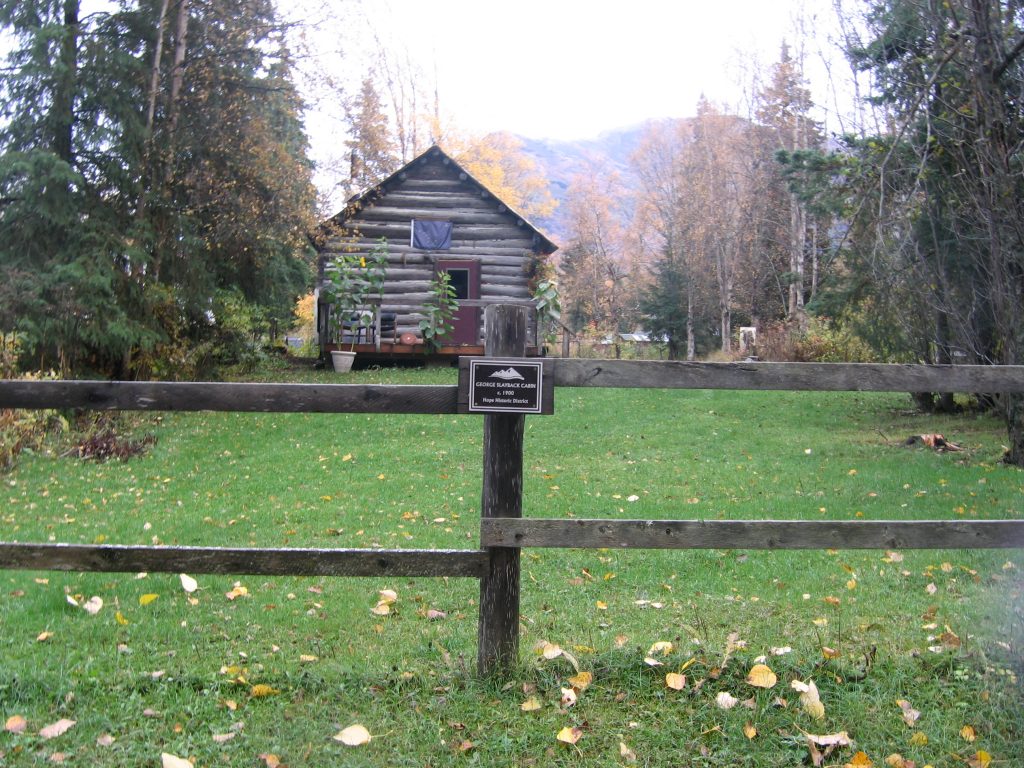
Waiting for the Boom
Early Hope residents had a lot of faith in their future. They had already plotted out several streets, running in straight lines, about two city blocks apart, with picket fences, green yards and cultivated flowers while Anchorage was still a tent city. They had deeply greening fields, livestock and rivers still sparkling with gold, but when the transportation network connecting Homer and Seward to Anchorage and further north, Hope was passed by. The town’s only way of connecting to the main thoroughfare was through the thirty-six- mile hike on the Resurrection Trail that carried them into Seward. They needed a road that would connect them to the main highway.
They built one. It was a very elementary road, narrow and full of potholes, but that was nothing unusual for pioneering Alaskans. Once again, they waited for the town to grow. They watched Anchorage boom and the satellite communities swell. They watched Seward and Homer become the hot topics for fishing and still they waited. They were ideal for development except… they were on the wrong side of the inlet.
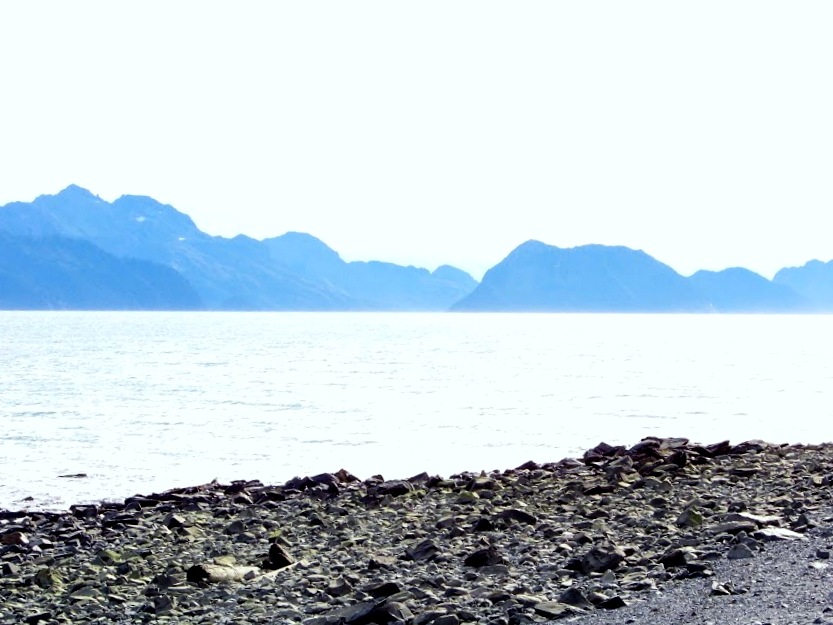
Early pioneers were not insensitive to the plight of Hope. All development on the west side of the inlet meant following the long Turnagain Arm to a crossing point. Some of these communities were so close to Anchorage, you could see their lights, but the inlet was between them. Hope was one of them. Early pioneers and community leaders pulled together to discuss the possibility of building an extension bridge to Hope, shaving sixty miles off the journey, but the Turnagain Arm is really not a very nice playground. Its tidal bore has only one competitor; the tidal bore of New Zealand. The Turnagain Arm’s ocean floor is bootlegger clay; the most unstable ground floor on the planet. The hopelessness of a bridge to Hope was emphasized in 1964, when a massive earthquake destroyed several of Hope’s neatly plotted streets, turning them forever into marshland, and wiped out the town of Portage, almost directly across the inlet. All thoughts of a suspension bridge were scrapped, and Hope remained a town waiting to grow.
The Value of Hope
Hope had been cut off from the main population. Its only income was farming and sporadic gold panning. Yet, Hope remained embraced within the Alaskan community. During the nineteen-sixties, through the 1970’s, teachers and counselors considered Hope an excellent place to take youths for retreats. The peaceful setting, with the creek cutting through the long meadow, the mountains dazzling with colors, the wild horses abandoned by the early gold miners were the subjects of budding photographers, and tranquility for the counselors, if not the energetic adolescents. The buildings, untouched since the gold rush except to keep them clean and maintained, and the neatly manicured yards with their Sitka rose bushes reminded the youths of their parents’ pioneering years.
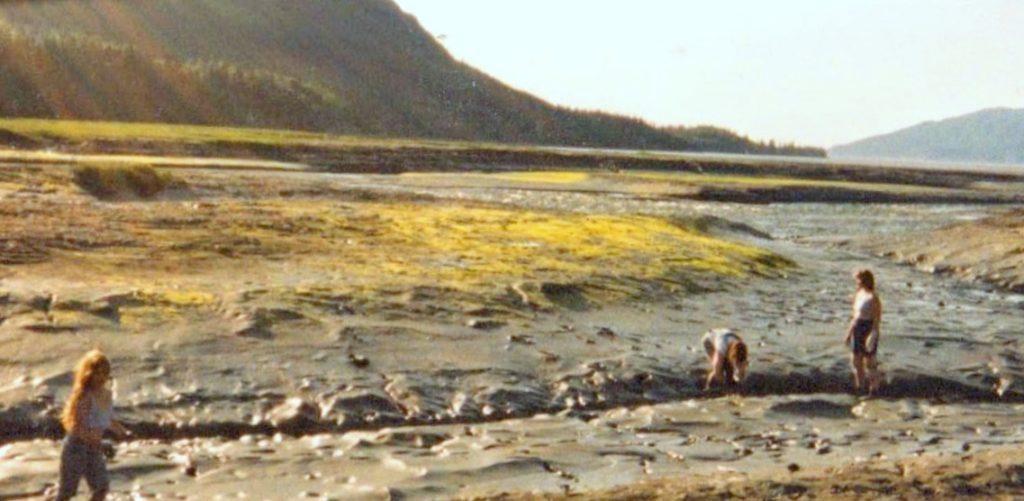
These excursions from the surrounding communities didn’t do much to help the economy of Hope but it did keep Hope in the social life of the communities.By the 1980’s, however, interest in Hope had shifted from the educational to the fishing potential. For those in the know, Hope’s rivers were abundant with fishing treasures. Hope’s economy stood at a small flurry of business for its two restaurants and the half-a-dozen overnight cabins during the short season of salmon runs. Hope grew to one hundred people.
The New Perspective
Gold wasn’t enough of a draw to keep people in Hope. Farming failed for Hope. The summer crowds that rushed to Seward and Homer only trickled into Hope. The only way to live in Hope year-round was to commute to Anchorage during the winter through a mountain pass and around the Turnagain Arm. Until the retired community found Hope.
It was just a stroke of luck. Alaskans aren’t really that good at keeping their favorite retreats secret. Eventually, they’ll tell a friend who hasn’t lived there long enough to be fully initiated into Alaskan small-town life and the friend will tell another, who will give the grand tour to the family members arriving from the lower forty-eight to visit. (that’s the Continental US for those unfamiliar with Alaska speak.) While Alaskan children were splashing in the mud flats and fishermen hunkered on the banks of the river for some serious fishing, the first real out-of-state tourists came to Hope.
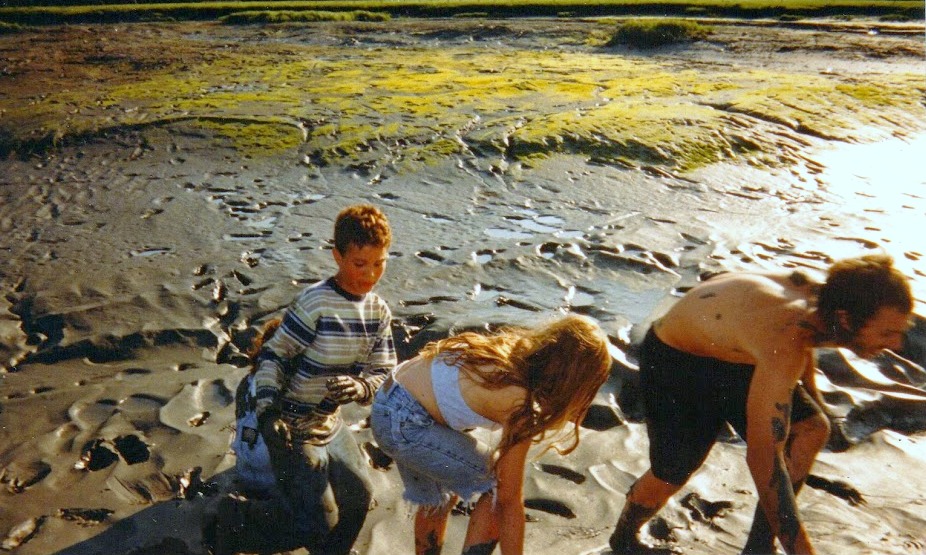
They were the entourage of a young man who had just inherited one of the Hope properties and was wondering how to invigorate the stagnant town. However, instead of bringing investors in corporate tourism, he introduced Hope to a group of retired artists – that is to say, aging hippies.
The first thing they did was set up their easels and begin painting Hope in all her rich, historic glory. The next thing they did was to begin buying out Hope properties and leaving them just as they were, other than a gentle facelift. Some homes were repaired, new porches installed. The lawns were carefully manicured, broken fences, mended. The sweetness of fifty-year-old rose bushes lingered in the air and bright explosions of native wildflowers crowded against the cabins. But it was still Hope; just as it always has been.
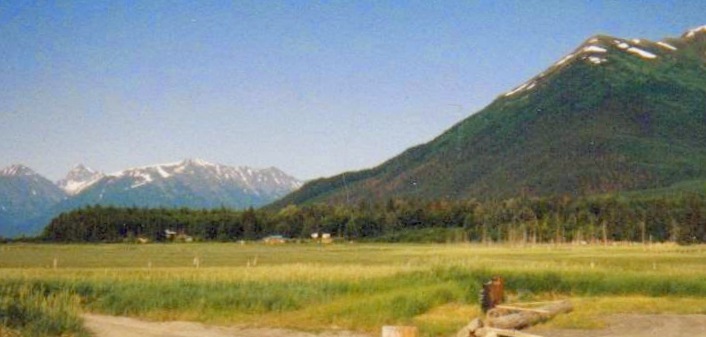
The New Hope
Where there are artists, there are musicians and where there are musicians, there are young people celebrating life. The new Hope spills over with live music at the iconic Seaview Inn from mid-May through September, while young girls stroll through the streets with flowers in their hair and nature lovers dance in the marsh. Fishermen continue to mumble along the banks and tents pop up like mushrooms.
Some of the old houses have been converted into gift shops. A building in the middle of town has been turned into a museum, and the original library is open. There are no fancy hotels. An overnight stay in Hope is for the rugged or those with a RV.
In the winter, it goes back to the soft, slow rhythm of pioneer life. Hope is forgotten except by the few who live there.
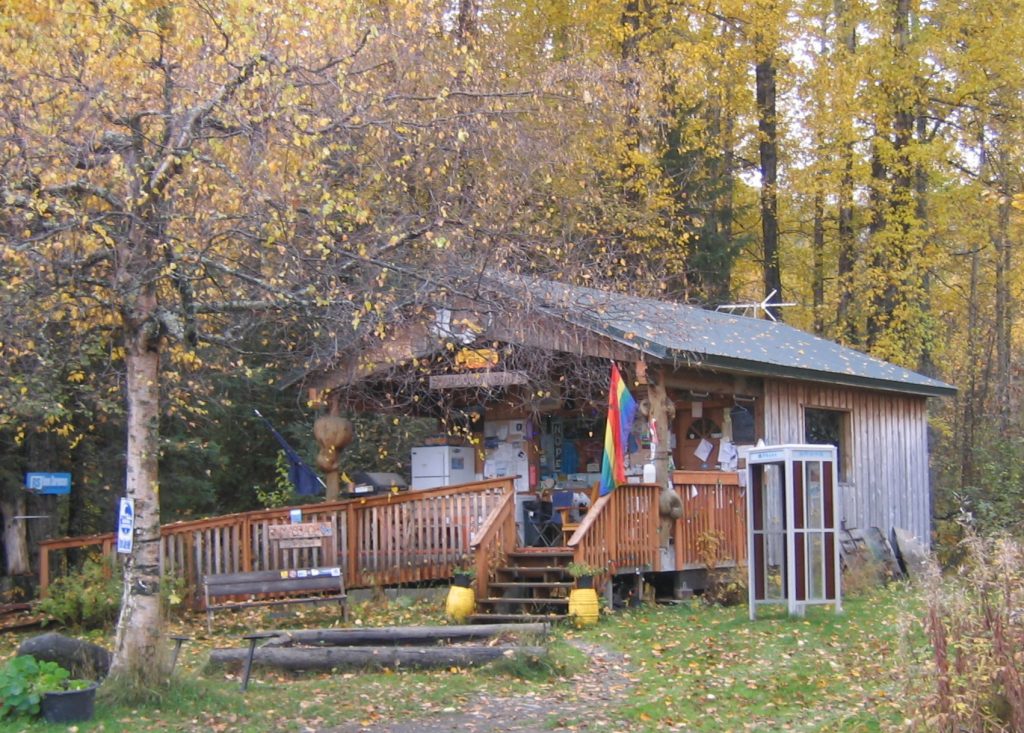
While the small town of Hope remains in a protected bubble preserving its historic years, Hope Valley is growing. A new pioneering group has moved in, attracted to the rich, fertile land and the low property rates. Their ability to stay depends on ingenuity and hard work. Only one-quarter of the population in Hope Valley have electricity. There are no full-time jobs. Services, such as auto, plumbing and house repair are based on who knows who.
Hope for Tourism
In recent years, the State widened and graded that harrowing road leading into Hope, allowing you to appreciate the scenery more instead of praying for your life. Along this new, placid road, new buildings are springing up. Some are directed toward tourism, offering guided tours along the Resurrection Trail, fishing trips and gold-panning experiences.
If a five-day hike sounds good to you, the Resurrection Trail is well-worth visiting. The entire drive through the high mountains to Hope is an adventure, with rouged tops springing above violent gorges, with blue-white rivers roaring far below, but the Resurrection Trail writes another story. As the Resurrection River cuts through Hope Valley, snow-capped mountains spring in the background and alpine meadows rush to the riverbanks.
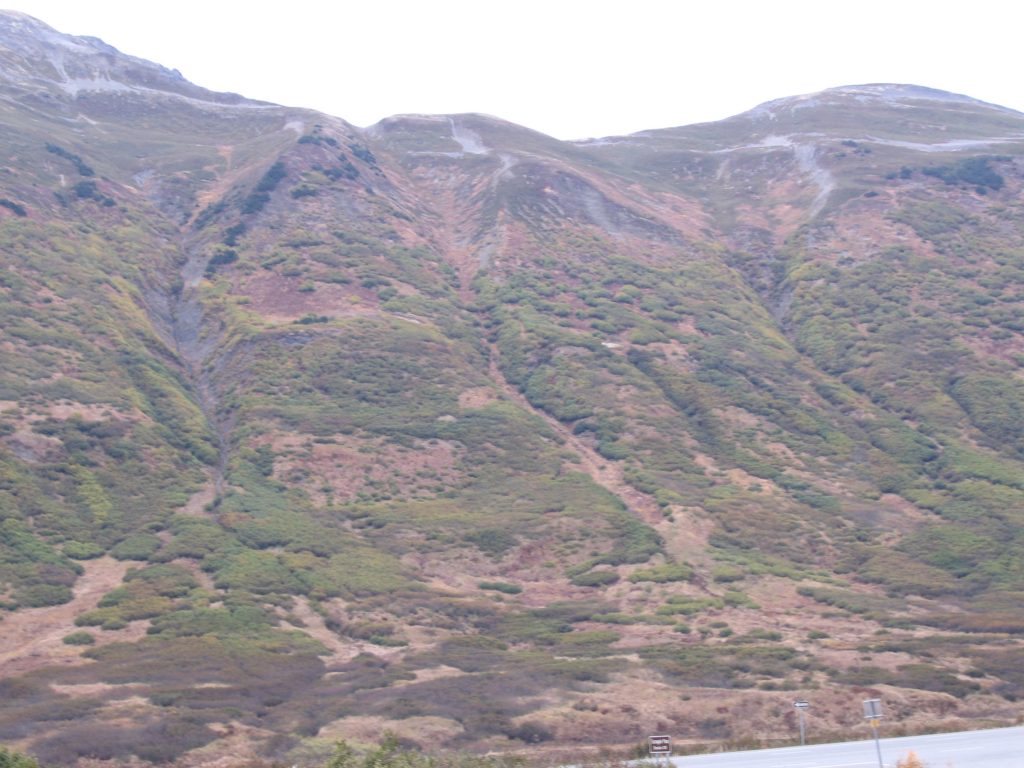
In places, you can see where recent prospectors have searched through the black rocks embedded in the river’s flow, shifting its black sands. If you poke among the rocks or bring your gold pan with you, you can catch the sparkle of gold; or sometimes just pyrite. When you see that yellow dust, you will understand what gold fever is all about.
There are cabins along the Resurrection Trail that were once used by miners and trappers and that now are open for overnight stays. Before planning your trip, you should check in with Alaska.Org https://www.alaska.org/detail/resurrection-pass-trail for what to wear and how to reserve a cabin.
Hope isn’t what the early pioneers envisioned, a prosperous town built on agriculture and mining, but maybe it’s the town it’s supposed to be. The people who held on year after year while other mining camps crumbled into the dust, found something far more valuable than the glitter of gold. They found tranquility. They found a quiet celebration of life. They found Hope.
By Karla Fetrow

